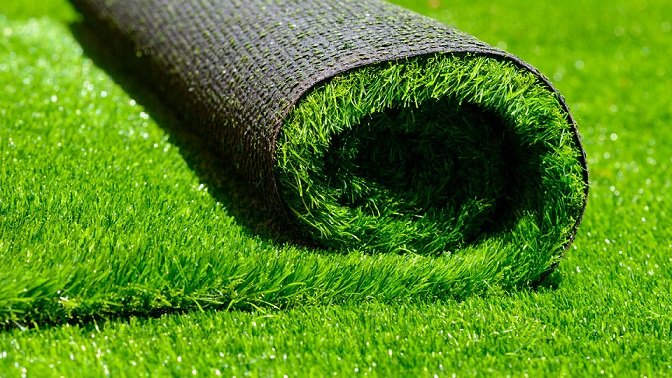Whether you’re looking to create a stable pathway across grassy terrain or reinforce a gravel driveway, finding the right solution to enhance surface stability and durability is crucial.
Plastic mats offer a versatile and cost-effective option for addressing various surface needs, from landscaping projects to construction sites. In this blog post, we’ll explore the different types of plastic mats available and guide you in choosing the most suitable option for your specific requirements.
Understanding Plastic Mats
Plastic mats, also known as ground protection mats or track mats, are durable panels made from high-density polyethylene (HDPE) or recycled plastic materials. These mats are designed to distribute weight evenly, reducing surface erosion, soil compaction, and rutting. By creating a stable surface, plastic mats offer numerous applications across a wide range of industries, including construction, landscaping, events, and agriculture.
Types of Plastic Mats
- Turf Protection Mats: Turf protection mats are designed to safeguard natural grass surfaces from damage caused by heavy foot traffic, vehicles, or equipment. These mats feature a grid-like structure that allows grass to grow while providing reinforcement and support. Grass protection mats are commonly used for event venues, golf courses, parks, and residential lawns, ensuring minimal disruption to grass growth while maintaining surface integrity.
- Gravel Stabilization Mats: Gravel stabilization mats are engineered to stabilize loose gravel and prevent displacement, rutting, and potholes. These mats typically consist of interlocking panels or cellular designs that support the weight of vehicles and pedestrians while maintaining gravel integrity. Gravel stabilization mats are ideal for driveways, parking lots, pathways, and landscaping projects, offering a durable and low-maintenance solution for gravel surfaces.
- Construction Mats: Construction mats, also known as access mats or temporary road mats, provide stable ground support in construction sites, oil fields, and utility projects. These heavy-duty mats are designed to withstand heavy equipment loads and harsh environmental conditions, such as mud, sand, or uneven terrain. Construction mats come in various sizes and configurations, including flat panels, interlocking systems, and crane mats, ensuring versatility and adaptability to diverse worksite requirements.
- Track Mats: Track mats are specialized plastic mats designed for temporary access roads, pedestrian walkways, and event flooring. These mats feature a slip-resistant surface and robust construction to accommodate high foot traffic and vehicle loads. Track mats are commonly used in outdoor events, festivals, concerts, and utility maintenance projects, providing safe and stable passage over challenging surfaces.
Choosing the Right Plastic Mats
- Surface Type: Consider the specific surface conditions you need to address, whether it’s grass, gravel, mud, or sand. Select plastic mats designed to complement the characteristics of your surface, providing adequate reinforcement and stability without causing damage or compaction.
- Load Capacity: Assess the anticipated weight and traffic intensity on the surface to determine the appropriate load capacity of the plastic mats. Choose mats capable of supporting the weight of vehicles, equipment, or crowds without compromising structural integrity or safety.
- Installation Method: Evaluate the ease of installation and removal of the plastic mats based on your project requirements. Select mats that offer straightforward assembly, disassembly, and transportability, minimizing labor costs and time spent on setup and teardown.
- Durability and Maintenance: Prioritize plastic mats with durable construction and weather-resistant properties to withstand prolonged use and exposure to environmental elements. Opt for low-maintenance mats that require minimal cleaning and upkeep, ensuring long-term performance and cost-effectiveness.
- Environmental Considerations: Take into account the environmental impact of plastic mats, including material composition, recyclability, and ecological footprint. Choose mats made from sustainable materials or recycled plastics, promoting eco-friendly practices and reducing waste generation.
Conclusion
Plastic mats offer a versatile and practical solution for addressing various surface needs, from grass protection to gravel stabilization and beyond. By understanding the different types of plastic mats available and considering factors such as surface type, load capacity, installation method, durability, and environmental considerations, you can choose the right mats to enhance stability, durability, and functionality in your projects. Whether you’re creating a stable pathway across grassy terrain or reinforcing a gravel driveway, plastic mats provide an efficient and cost-effective solution for achieving optimal surface performance and longevity.


